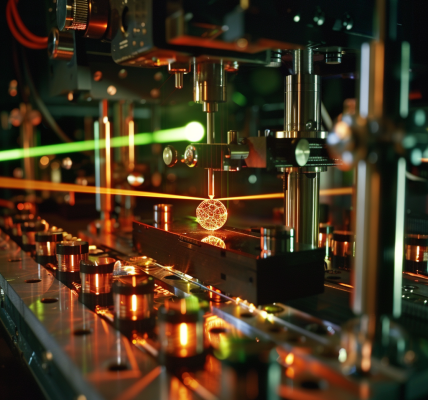In recent years, the term “on-device processing” has gained significant traction, particularly in discussions surrounding the latest technological advancements in smartphones and smart devices. This innovation is particularly prominent in Google’s Pixel series, where it powers a multitude of features that enhance user experience. With the release of the Pixel 9, on-device processing has become a focal point, enabling functionalities such as Pixel Studio and Call Notes, which operate directly on the device itself. However, this technology is not limited to smartphones; it also extends to other devices like Nest cameras, Pixel smartwatches, and Fitbit devices.
To gain a deeper understanding of what on-device processing entails, we consulted Trystan Upstill, a seasoned engineer at Google with nearly two decades of experience across various teams, including Android, Google News, and Search. Upstill has been instrumental in the development of some of the innovative features found in the latest Pixel devices.
When asked about his recent work, Upstill shared insights into his role within the Android team, where he leads efforts to integrate Google’s diverse technology stack into a cohesive and user-friendly experience. He highlighted the rapid advancements in technology, particularly in the realm of generative AI, which have reshaped the landscape of on-device processing.
Initially, the idea of running large language models directly on devices seemed far-fetched, with projections suggesting that it might not be feasible until around 2026. However, as technology progressed at an unprecedented pace, Google was able to launch features utilizing Gemini Nano, an on-device AI model, on the Pixel 8 Pro in December 2023.
So, what exactly does “on-device processing” mean? To break it down, it refers to the processing capabilities that occur directly on the device itself, rather than relying on cloud-based solutions. This is made possible through the device’s main processor, or system-on-a-chip (SoC), which contains multiple processing units designed to handle various tasks efficiently.
For instance, in Pixel smartphones, the processing units comprise a Central Processing Unit (CPU), which acts as the primary engine; a Graphics Processing Unit (GPU), responsible for rendering visuals; and a Tensor Processing Unit (TPU), specifically designed by Google to manage AI and machine learning workloads. These components work in unison to deliver seamless performance and enhanced functionality.
The benefits of on-device processing are manifold. Firstly, it enhances speed and responsiveness, as tasks are executed locally without the need for a constant internet connection. This is particularly advantageous in scenarios where users require immediate results, such as real-time language translation or voice recognition.
Moreover, on-device processing significantly improves privacy and security. Since data is processed locally, sensitive information does not need to be transmitted to external servers, reducing the risk of data breaches and ensuring that user privacy is maintained.
In addition to privacy, on-device processing allows for greater customization and personalization of user experiences. By analyzing user behavior and preferences directly on the device, applications can provide tailored recommendations and responses that enhance overall satisfaction.
As technology continues to evolve, the capabilities of on-device processing are expected to expand further. With advancements in AI and machine learning, devices will become increasingly adept at performing complex tasks without relying on cloud resources. This shift is likely to revolutionize the way users interact with their devices, making technology more intuitive and responsive to individual needs.
In conclusion, on-device processing represents a significant leap forward in technology, with its implications reaching far beyond the realm of smartphones. As Google and other tech companies continue to innovate, users can look forward to a future where their devices are not only smarter but also more capable of handling tasks independently, all while prioritizing speed, privacy, and personalization.





